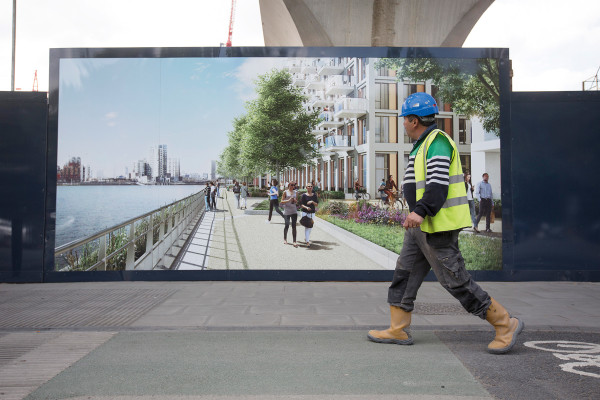
Article 3 / 4
The Guide: Investing in Property and InfrastructureWith Brexit looming, is UK real estate still a safe bet?

However, as 2016 progressed, a post-referendum market was established, with willing buyers and sellers transacting assets in the marketplace. While prices were generally lower than pre-vote levels, the discount was not as significant as many had feared.
Overseas buyers were the most active. They not only benefit from the repriced market, but they are able to take advantage of weak sterling, which gives their forecast performance a further boost. But in spite of this improvement, investment volumes were down, as post-referendum uncertainty continued to hamper investor sentiment.
When the final numbers come in, it is unlikely that total investment in 2016 will top £50bn. In 2015, it was in excess of £65bn. This drop in volume should not be interpreted as a structural problem with the real estate market, but as a consequence of investor cautiousness.
Many investors, with no selling pressures, have elected to wait until there is more certainty rather than accept a lower price now. There is stock available to buy, but a lot of it is product that did not sell in 2016 and has been repriced and remarketed.
These assets are now selling and there is also a pipeline of new stock coming to the market but it is likely that investment volumes will be similar in 2017 to those in 2016.
Property total returns are likely to be positive in 2017 – however, income return will be the largest component of total return. As the supply-and-demand equation is still positive, there will be rental growth in some sectors, which will help boost returns, but this will not be market-wide and investors should lower their rental growth expectations.
Identifying and executing asset management initiatives to increase capital value will be important in improving returns.
While it is encouraging that the markets have adjusted to the effects of the Brexit vote, and seem to have accepted the Trump presidency in the US without too much turmoil – with some suggestions that it could actually be good for growth – there are still risks to be aware of in 2017.
Inflation will be a bigger feature of the market. The fall in the pound, combined with the recovery of commodity prices and rising import costs, will push up inflation.
Factory input prices are already up and it is expected that these increases will feed through into higher prices in the shops during the year. A sharp increase in inflation could result in a rise in interest rates, but at the moment, economic commentators are not forecasting this.
Despite these downside risks, the gap between property yields and 10-year gilt yields is around 400 basis points, which suggests property is still attractive relative to bonds. Given the consensus view that the risk premium for property over bonds should be 2 per cent, there is enough headroom for interest rates and bond yields to rise before property looks overpriced.
There could also be interesting buying opportunities this year as investors adopt a different stance on key issues.
Calum Bruce is director, investment at Ediston Real Estate



